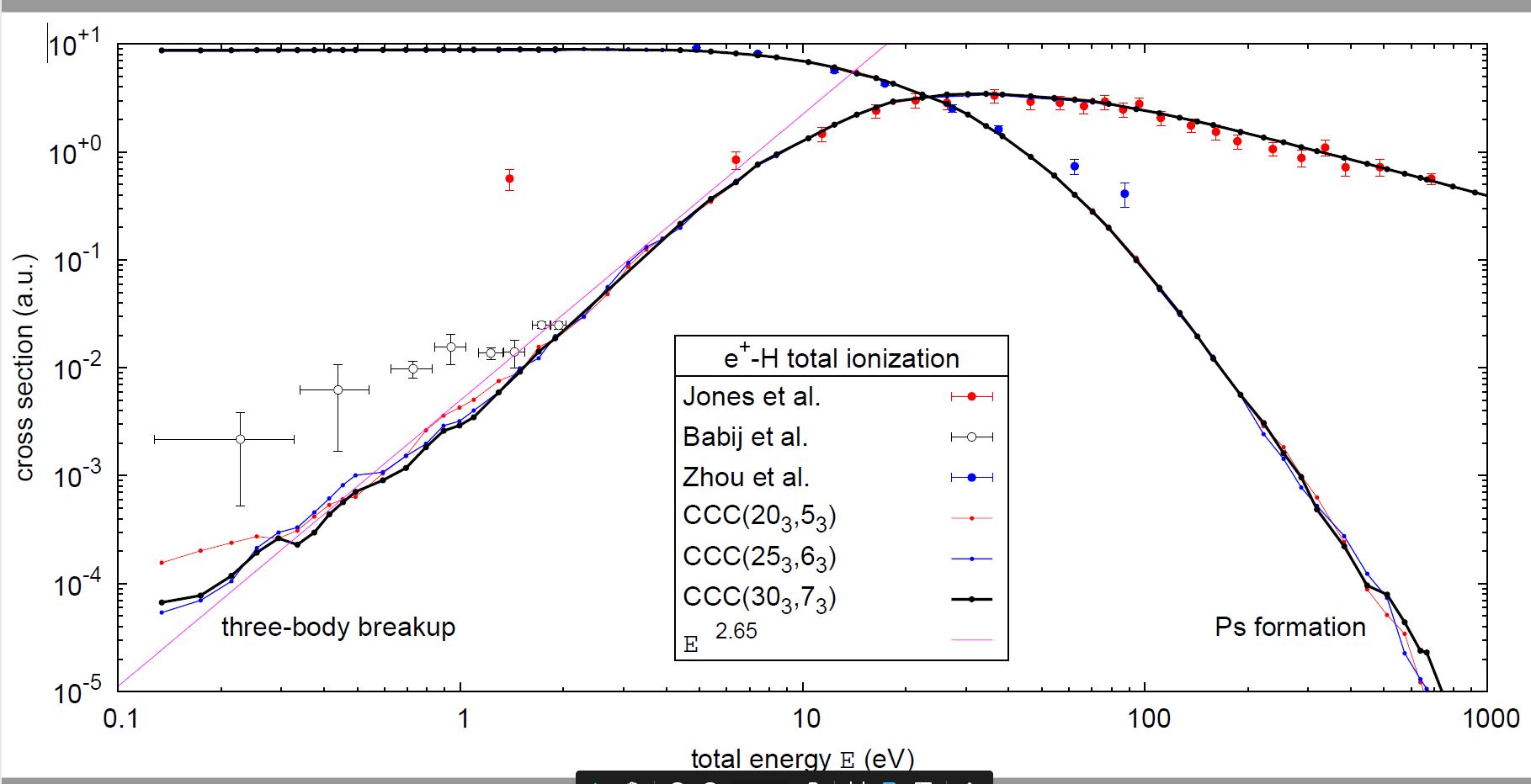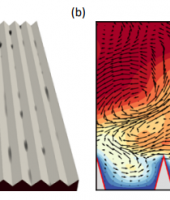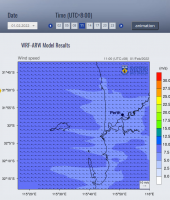Atomic Collision Theory
Atomic collisions involve interactions between electrons, positrons, photons, (anti)protons, atoms, ions, molecules and surfaces. They go on all around and inside us. The aim of the project is to increase our understanding of ever more complicated collision systems of importance to both fundamental science and industry. The investigators have developed a world-leading computational theory for the purpose. It is constantly being extended to ever more complicated targets and projectiles. The recent implementation of diatomic molecules means that this area is about to undergo revolutionary progress, as soon as sufficient computational power is made available. Furthermore, recent developments in hadron (cancer) therapy, and the study of high energy events in the universe such as solar wind or supernova, require the calculation of charge exchange processes that only our theory can accurately provide.
Area of science
Applied Science, Chemistry, Physics
Systems used
Magnus
Applications used
Fortran
Partner Institution: Curtin|
Project Code: d35
The Challenge
The ever growing complexity of collision systems in terms of complexity of target e.g. molecule structure needs to be computationally modeled in a way that allows for a subsequent collision calculation to be performed.
The Solution
We utilise large-scale Laguerre bases to expand the target wavefunctions which are then used to form momentum-space close-coupling equations.
The Outcome
Super-computing has been a critical infrastructure of our field since its inception forty years ago. No progress would be possible without it.
List of Publications
Twenty publications have arisen during 2018, please see http://scholar.google.com.au/citations?hl=en&user=6eaYJHwAAAAJ, or available as pdf at http://atom.curtin.edu.au/igor/publist.pdf.







